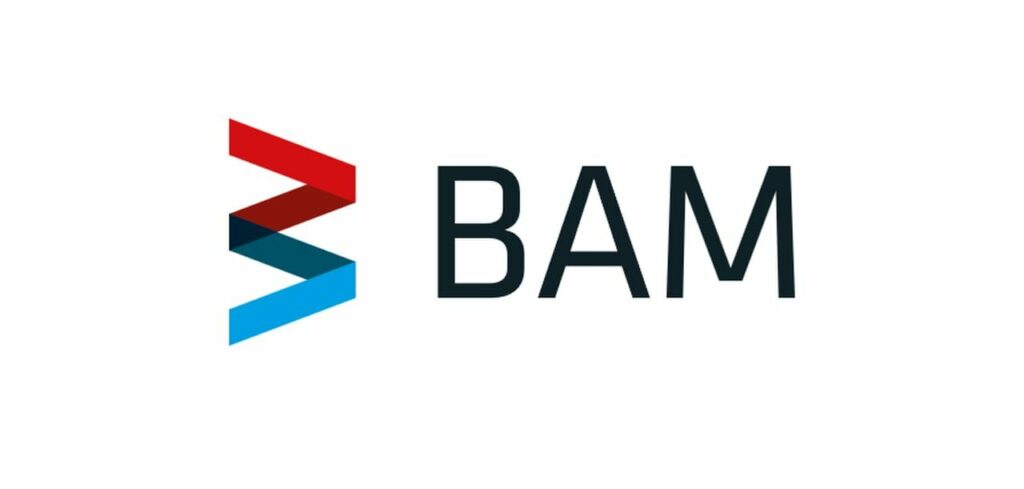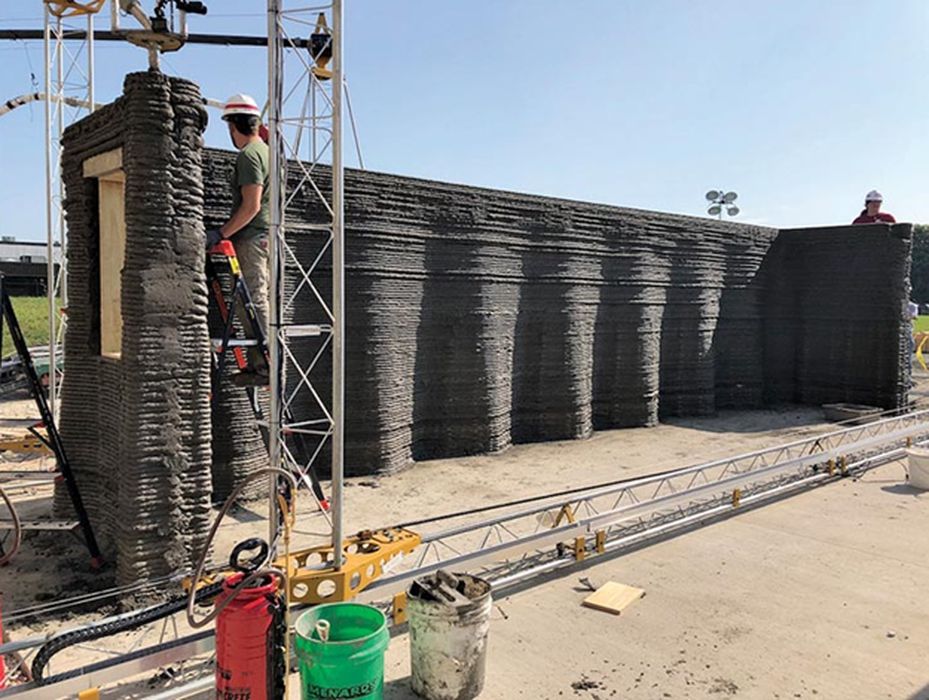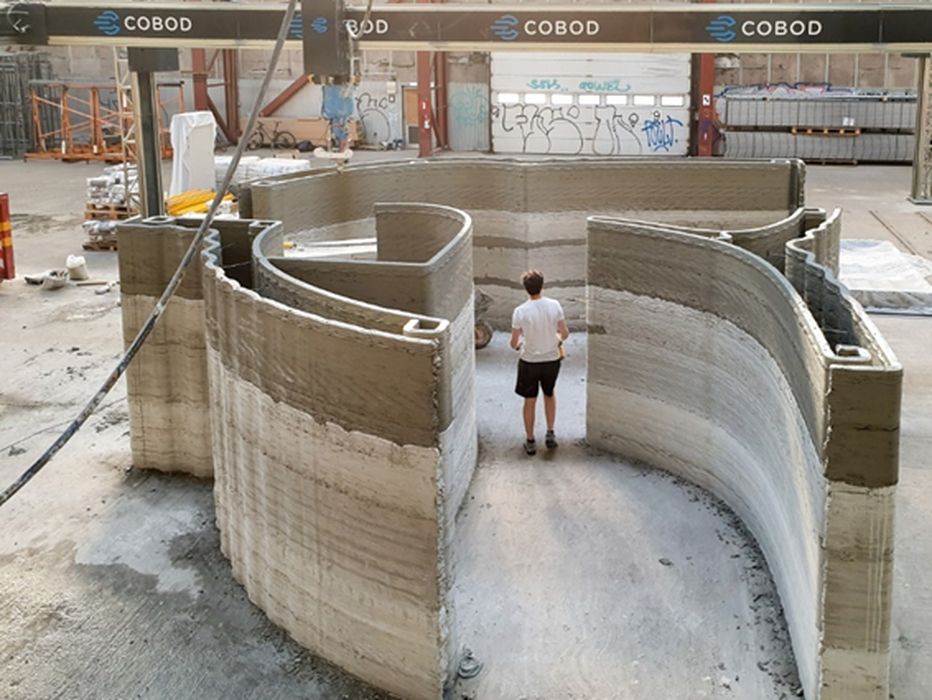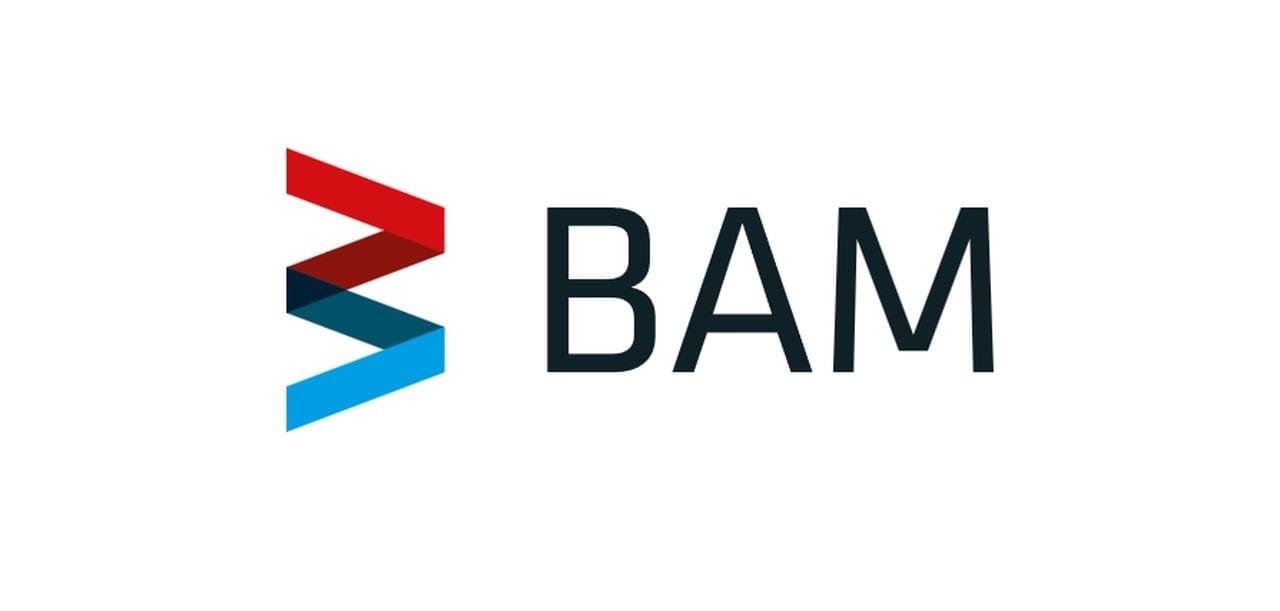
Charles R. Goulding looks at a new technology for concrete quality control and whether it should be used in construction 3D printing.
Historically it has been difficult to peer into and examine hardended concrete to analyze its quality and also determine whether there is an adequate supporting steel skeletal rebar.
70 percent of the global population lives in buildings made of reinforced concrete. The traditional approach of drilling test bores is cumbersome and impracticable and can further compromise structures. However, there is now promising technology utilizing Muon particle technology to see through almost any material. A leading research university in Berlin called Bundesanstalt für Materialfurschung und -prüfung (BAM) is at the forefront of this technology. BAM has existed since 1871 and employs 1,600 people.
The 2021 Surfside concrete condominium collapse in Miami, Florida raised concerns about similar building issues in Miami and throughout the world. It is also recognized that within the US many concrete bridges require repair. The Muon particle technology should be able to allow engineers to more easily and less destructively determine which buildings and structures have concrete structures requiring repair.

The technology is powered by muons, which are short-lived, highly energetic particles generated in the Earth’s upper atmosphere by collisions with cosmic rays. They travel at nearly the speed of light and are able to penetrate deep into the earth’s surface. They can pass through steel, stone, and concrete.
The ability of muons to pass through an object or structure decreases with the material’s density. Muons help identify if there is a void, or empty chamber in a structure, which cause a decrease in concrete strength.
Now that the 3D printing industry has developed a wide range of proven concrete printing applications, the stage is set to use muon technology to determine concrete needs and 3D printing to provide the needed solutions. BAM’s motto of “safety creates opportunity” is a message the 3D printing industry should take to heart.

There is a lot of 3D printing technology for use with concrete material in recent years and we have covered this in our 3D printed concrete for tornado protection article, our piece covering SIKA’s 3D printing concrete revolution, and our article on how 3D printing concrete can help meet housing and infrastructure needs. It is not a new phenomenon anymore but utilizing muon particle technology for testing is new.
The Research & Development Tax Credit
The now permanent Research and Development (R&D) Tax Credit is available for companies developing new or improved products, processes and/or software.
3D printing can help boost a company’s R&D Tax Credits. Wages for technical employees creating, testing and revising 3D printed prototypes can be included as a percentage of eligible time spent for the R&D Tax Credit. Similarly, when used as a method of improving a process, time spent integrating 3D printing hardware and software counts as an eligible activity. Lastly, when used for modeling and preproduction, the costs of filaments consumed during the development process may also be recovered.
Whether it is used for creating and testing prototypes or for final production, 3D printing is a great indicator that R&D Credit eligible activities are taking place. Companies implementing this technology at any point should consider taking advantage of R&D Tax Credits.
Conclusion
Concrete is an excellent material for 3D printing. It is also becoming increasingly useful for advanced housing and infrastructure projects. Making those projects safer through muon diagnostic technology should be the next step and help grow the concrete industry.

